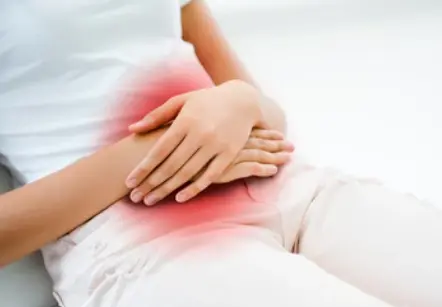 Welcome
Welcome
“May all be happy, may all be healed, may all be at peace and may no one ever suffer."
- A
- B
- C
- D
- E
- F
- G
- H
- I
- J
- K
- L
- M
- N
- O
- P
- Q
- R
- S
- T
- U
- V
- W
- X
- Y
- Z
Cholecystitis - Generics
Cholecystitis is a condition characterized by inflammation of the gallbladder, a small pear-shaped organ located on the right side of the abdomen, just beneath the liver. The gallbladder stores bile, a fluid that helps digest fat, and releases it into the small intestine when needed.
Cholecystitis is most commonly caused by gallstones, which are small, hard deposits that can form in the gallbladder. When gallstones block the bile ducts, the bile becomes trapped and the gallbladder can become inflamed. Other causes of cholecystitis may include infection or tumors.
Symptoms of cholecystitis can include:
- Abdominal pain, usually in the upper right quadrant or in the middle of the abdomen
- Nausea and vomiting
- Fever and chills
- Jaundice (yellowing of the skin and eyes)
- Bloating and gas
Diagnosis of cholecystitis typically involves a physical exam, blood tests, imaging tests (such as ultrasound, CT scan or MRI), and sometimes a cholecystogram (X-ray of the gallbladder).
Treatment of cholecystitis may involve antibiotics to treat any infection, pain management, and sometimes surgery to remove the gallbladder (cholecystectomy). In some cases, medications may be used to dissolve gallstones.
Prevention of cholecystitis includes maintaining a healthy weight, eating a balanced diet that is low in fat and cholesterol, and staying hydrated. If you are experiencing symptoms of cholecystitis, it is important to seek medical attention promptly.

Cervical cancer

Dental anesthesia

Surgical incisions

Tinea corporis (ringworm)

Psychotic disorders

Diarrhoea

Keratoconjunctivitis sicc...

Menstrual disorders
Cholecystitis, কোলেসিস্টাইটিস
To be happy, beautiful, healthy, wealthy, hale and long-lived stay with DM3S.